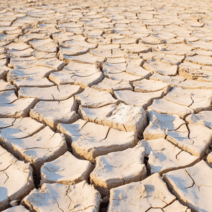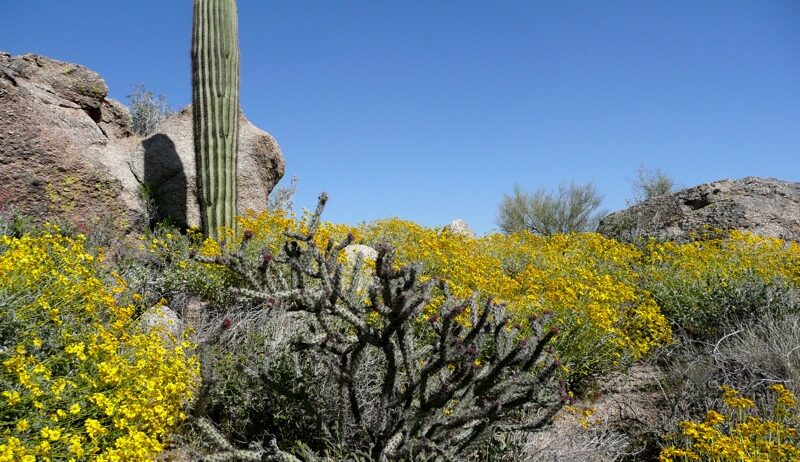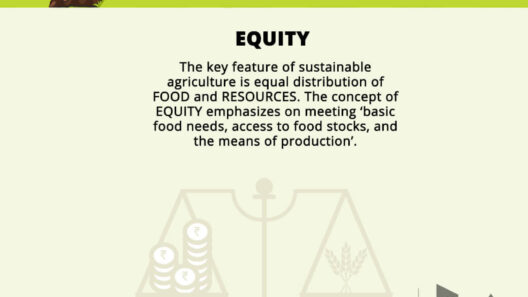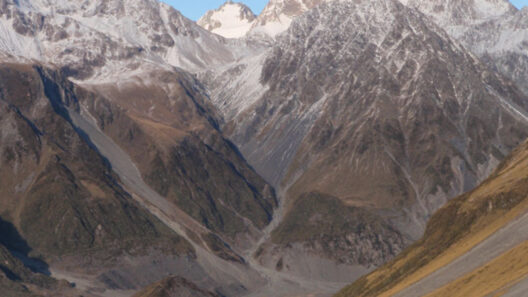When we think of deserts, the first image that often comes to mind is that of arid, sun-baked landscapes, a relentless heat searing through the environment. But what precisely constitutes the climate of a desert? One might gain a clearer understanding by pondering a playful question: What would it be like to thrive in a place where rain is as rare as a shooting star? The climate of a desert is indeed harsh, but beneath this exterior lies a surprisingly diverse ecosystem teeming with life.
Deserts are classified primarily by their low precipitation levels, defined by receiving less than 10 inches (25 centimeters) of rain annually. This stark lack of moisture evokes images of cracked earth and barren terrain. However, these seemingly desolate regions cover approximately one-third of the Earth’s land surface and are home to a plethora of unique flora and fauna that have adapted to endure extreme conditions. But how do organisms manage to survive in such environments where many other species would surely perish?
To delve deeper, we first need to categorize desert climates. The two predominant types are hot deserts and cold deserts. Hot deserts, such as the Sahara and the Mojave, experience blistering temperatures during the day, often exceeding 100 degrees Fahrenheit (37 degrees Celsius). Yet, once the sun sets, the temperature can plummet dramatically. In contrast, cold deserts, like the Gobi or those found in parts of the Great Basin, can experience freezing temperatures during winter months. These extremes highlight the significant diurnal temperature variations characteristic of desert climates.
Now, let us address the conditions that define a desert’s climate. Precipitation, or the lack thereof, is the most crucial factor. Rainfall is sporadic and often occurs during specific seasons or in the form of brief, intense storms. Such conditions foster an environment that many plants and animals must adapt to for survival. Some desert plants develop elaborate root systems that extend deep into the earth to access groundwater, while others have evolved to retain moisture through thick, waxy coatings on their leaves.
Succulents, like cacti, are exemplary models of these adaptations. Their fleshy tissues store water, providing sustenance during long dry spells. This remarkable adaptation enables them to thrive in environments that would typically be deemed inhospitable by many other plant species. Moreover, the cacti’s spines serve a dual purpose: protecting them from herbivores and reducing moisture loss by providing shade.
Similarly, animals in desert climates display astounding evolutionary traits. Many nocturnal species, such as the fennec fox or the kangaroo rat, are adept at avoiding the treacherous heat of the day. By being active at night, they allow their body temperatures to remain low while taking advantage of cooler conditions to hunt and store food. Some creatures have developed the ability to extract water from their food, minimizing their need for drinking water directly.
The notion of a desert being barren is, indeed, a misconception. Life persists in numerous forms, from the vibrant colors of wildflowers that bloom after rare rains to the resilient grasses that spring forth in ephemeral bursts. This biodiversity is a critical component of desert ecology, supporting a delicate balance of life that interconnects various species within the food web.
However, amidst these thriving communities lies a looming challenge: climate change poses significant threats to desert ecosystems. Rising temperatures, altered precipitation patterns, and increased frequency of extreme weather events can drastically reshape desert landscapes and the organisms that inhabit them. As the Earth warms, some areas may become even drier, leading to the potential desertification of regions that once had varied climates. The consequences are dire; not only does this jeopardize existing biodiversity, but it also threatens the livelihoods of communities who rely on these ecosystems for their survival.
Activism and awareness are paramount in combating these challenges. It is crucial to promote sustainable practices that minimize human impact in these fragile environments. Conservation efforts can play a vital role in protecting endangered species and promoting the resilience of desert ecosystems. By advocating for responsible land management and raising awareness on the implications of climate change, it is possible to foster a more profound respect and understanding of these unique, yet vulnerable habitats.
Furthermore, there exists an opportunity to inspire individuals to connect with these spectacular landscapes. Desert environments are ripe for exploration, offering breathtaking vistas, vibrant colors, and the silent beauty of nature. Engaging with these regions, whether through eco-tourism or conservation efforts, introduces a personal dimension to environmental stewardship.
In conclusion, the climate of a desert encompasses not only harsh temperatures and scarce rainfall but also a surprising richness in biodiversity. The organisms that inhabit these stark landscapes exhibit resilience and ingenuity in adapting to their surroundings. While climate change poses significant challenges, a collective effort towards conservation and sustainable practices can help safeguard these unique ecosystems for future generations. So, the next time one gazes into the vastness of the desert landscape, one might reflect on the profound resilience of life and consider: How will we ensure its survival in the face of relentless change?





